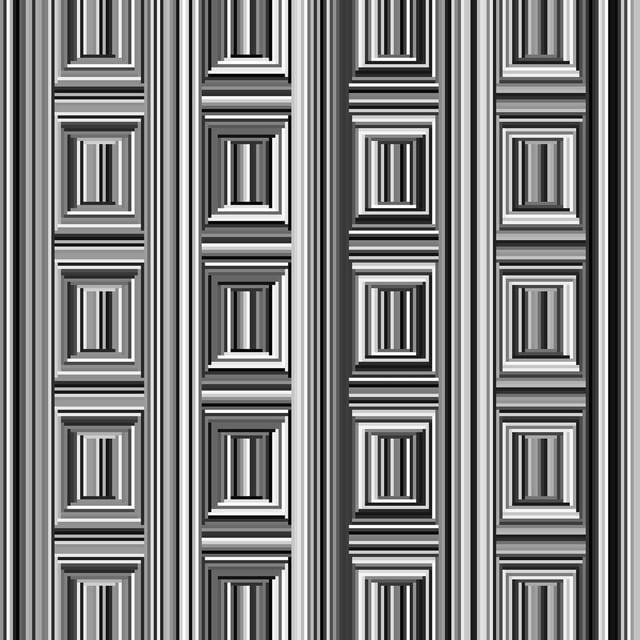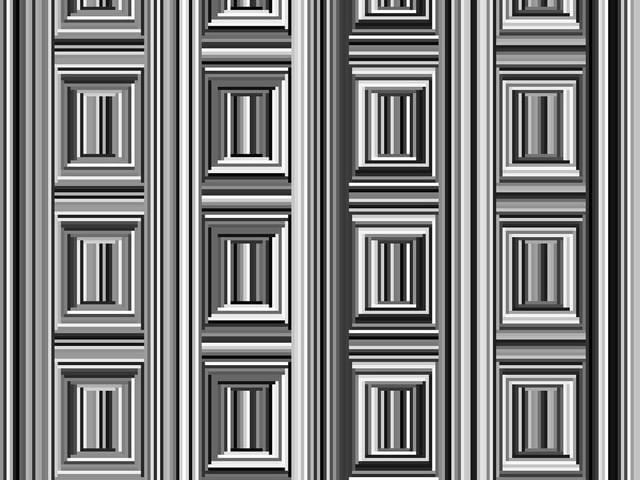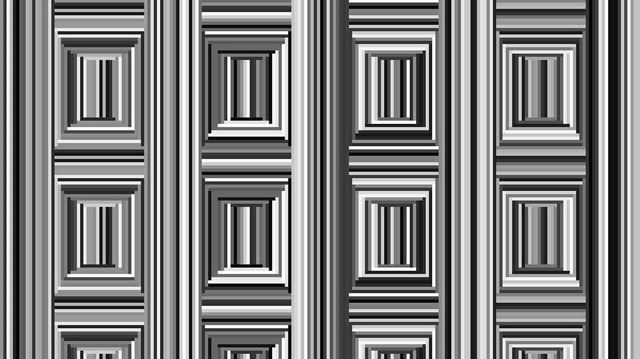Overview
- Researchers from Harvard University and the London School of Economics used the Coffer-Illusion to demonstrate that cultural and environmental backgrounds influence what viewers perceive.
- In controlled tests, 81% of participants from the USA and UK reported seeing only rectangles, while 48% of rural Himba villagers in Namibia saw only circles.
- Participants from Namibian urban areas with more rectangular architecture showed mixed responses: 19% saw only circles, 67% noticed circles before rectangles and 13% saw rectangles first.
- The results challenge the long-held assumption that basic visual processing of shapes operates uniformly across all populations.
- Lead author Michael Muthukrishna says the findings underscore the need for broader cultural representation in perception research.



